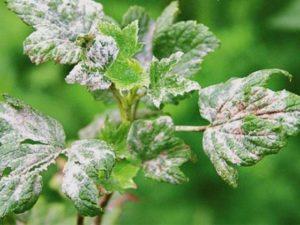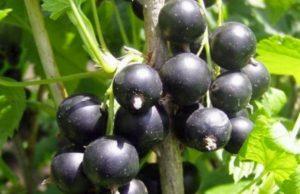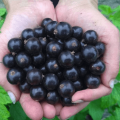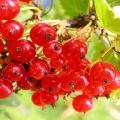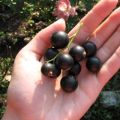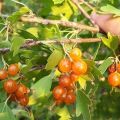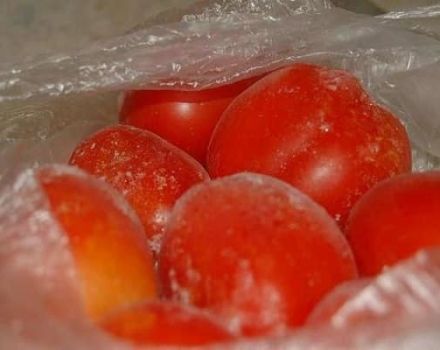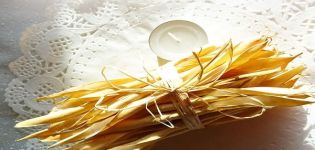Description and characteristics of the Treasure currant variety, cultivation and care
Black currant is a berry crop in demand among gardeners. The Sokrovische currant variety has become widespread due to the high content of vitamins, unpretentious care, high yield and resistance to external influences.
Description and characteristics of currant Treasure
After reading the description of the blackcurrant Treasure, you can get an idea of what the harvest will be. Knowing the detailed characteristics of a variety will also help provide the right growing conditions for your plants.
Yield
The currant variety is valued for its high and stable yield. Provided comprehensive care and favorable environmental conditions, it is possible to get about 4-5 kg of berries from one bush.
Berry size
Fruits in the cluster are uniform in size. The berries are medium-sized and weigh 1.6-2.1 g. The shape is round or oval.
Ripening terms
The currant variety belongs to the early ripening category. The first fruits begin to ripen after 40-50 days after flowering. Fruiting is amicable, due to which the harvesting process does not drag out for a long period.
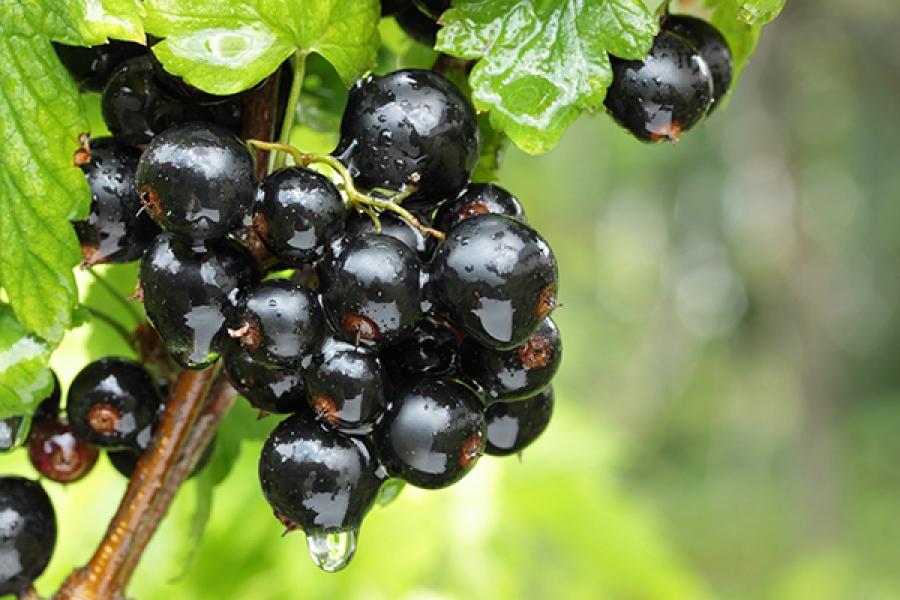
Taste qualities
The taste of berries is sweet with a slight sourness. The pulp contains a large number of small grains. The skin is thin, with a slight bloom, almost imperceptible when eating berries.
Disease resistance
Currant Treasure has a high resistance to common diseases and harmful insects. At the same time, lack of proper care or negative weather conditions can provoke damage to the bushes. For protection, it is recommended to periodically carry out preventive treatments of green spaces.
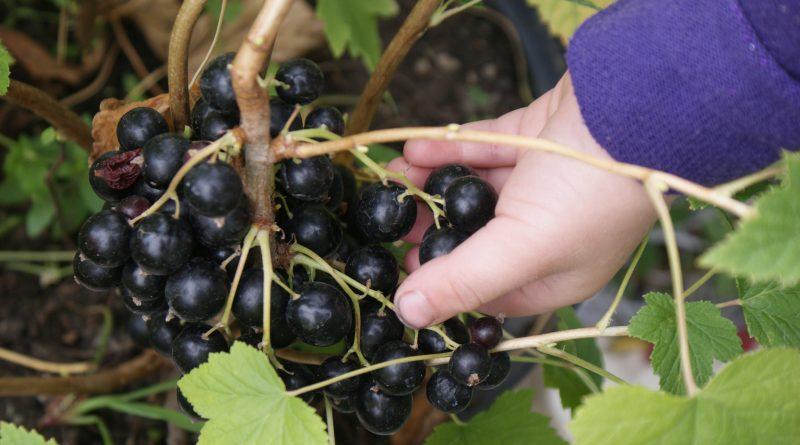
Bush size
Berry bushes are slightly spreading, medium-sized, up to 1.5 m high. On the branches, erect shoots of medium thickness are formed with weak pubescence and an anthocyanin top. Over time, the shoots on the plants change color from green to brown.
Main advantages and disadvantages
When choosing a variety for planting in a summer cottage, it is important to study its positive and negative sides. The benefits of the Treasure currant include:
- stable harvest with high palatability;
- self-pollination without the participation of insects and other pollinating varieties;
- universal purpose.
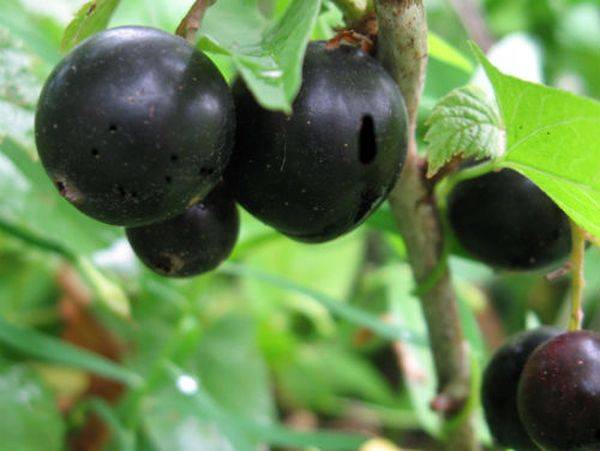
One of the disadvantages is the average drought tolerance.In order to prevent a reduction in yield, it is necessary to carefully regulate the frequency and intensity of soil moisture.
The nuances of growing varieties
An important condition for obtaining a large crop of currants is the observance of a number of nuances during planting and subsequent cultivation of plants.
To plant currants, you need to choose a suitable location on the site, prepare seedlings and consistently plant in the soil.
Place and time of boarding
Constantly illuminated and well-ventilated areas are ideal for planting Treasure currants. The soil should be low in acidity. If the soil is too acidic, it will be necessary to pre-treat each planting hole with a desalination agent (dry plaster, cement or chalk) in the amount of 0.5-1 kg. It is also allowed to sprinkle the bottom of the holes with crushed eggshells.
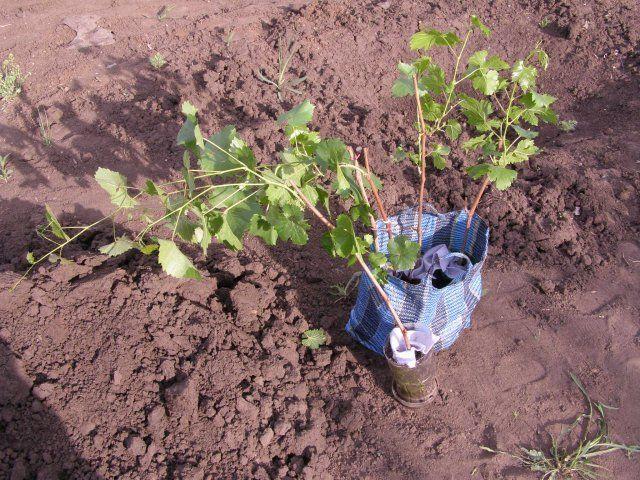
It is recommended to transfer seedlings to the ground in October, when the ambient temperature will be between 7 and 15 degrees Celsius. During the winter period, the plants adapt to new conditions and take root, and with the onset of spring they will begin to form the first shoots.
Sapling selection
When purchasing currant seedlings, it is necessary to examine the plants well, paying attention to the general and individual elements, including branches and roots. The main criterion for choosing seedlings is a powerful and well-developed root system. The length of the roots should be more than 20 cm, without defects and signs of drying out. Experienced gardeners recommend using two-year-old seedlings, as they quickly take root in the ground and are distinguished by early fruiting dates.
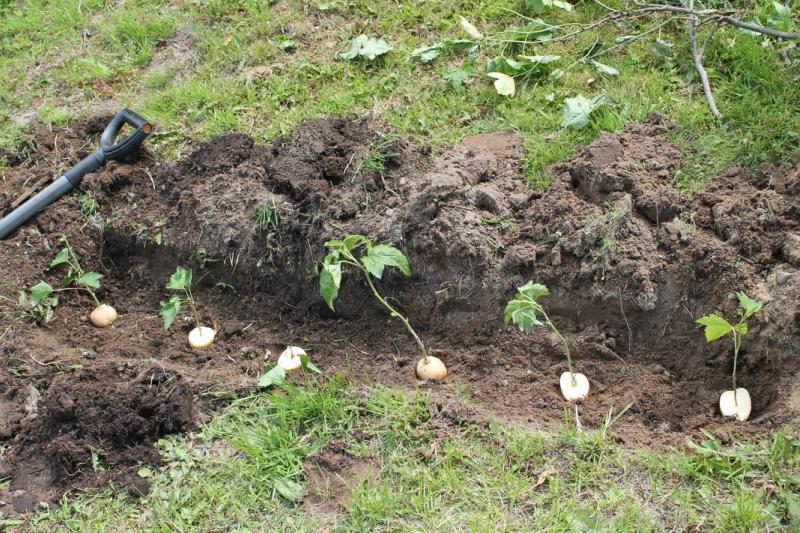
Step by step process
When planting currant bushes, you should follow the step-by-step instructions. It includes the following actions:
- 2 months before planting, the territory is cleared of weeds and the soil is dug to a depth of about 0.5 m. The dug soil is fertilized with humus, superphosphate and potash.
- Dig a hole 40 cm deep and up to 50-60 cm in diameter. A ⅔ hole is covered with fertile soil and watered.
- The seedling is kept in water for 3 hours to moisten the roots and placed in a hole at a slight slope. The roots are straightened and sprinkled with earth to deepen the root collar by 5-8 cm.
- The ground part of the seedling is pruned, leaving 3-4 buds. Otherwise, the bushes will age prematurely.
- The top layer of the earth is equalized, watered and covered with a layer of sawdust or humus mulch.

Basic rules for caring for currants
In the process of growing currant bushes, it is enough to adhere to the basic rules of care. Plants require periodic watering, formation, protective treatments and shelter during cold weather.
Watering and fertilizing
Currants are considered a moisture-loving crop, and if there is insufficient moisture, the development of shoots is inhibited and the berries become smaller. Plants can be watered 4-5 times during the season - during the growing season, during the formation of inflorescences and ovaries, before the ripening of berries and after harvesting. In dry and hot summer conditions, currant plants are watered every 7-10 days, as the soil dries up.

Pruning
The formation of currant bushes allows you to maintain them in a healthy and fruitful state. Regular pruning gives plants a decorative appearance and prevents the development of infections. During the pruning process, it is necessary to remove old and damaged branches, observing the correct ratio of branches of different ages.
Plants are formed in spring, when the likelihood of recurrent frosts disappears, or at the beginning of autumn.
Shelter for the winter
In anticipation of the onset of frost, it is necessary to prepare the plants for winter. When the ground is covered with a crunchy snow layer, the bushes are protected with a covering material.First, twine is wrapped around the branches and stems of the bushes so that they are located with each other. In this case, it is important not to tie the plants tightly so as not to damage the fragile branches.
Then the whole bush is tilted down and wrapped in a spiral direction. From above, the plantings are covered with specialized material or with improvised means - a blanket, dense cloth, coniferous branches.
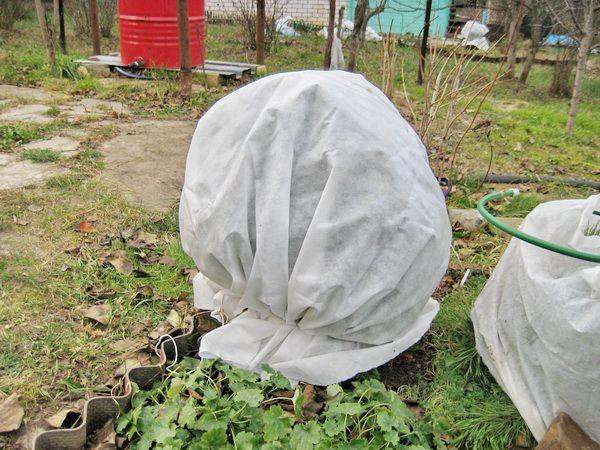
Protection against diseases and pests
Preventive plant treatments should be carried out in early autumn to prevent the spread of diseases and pests. First you need to dig up and loosen the ground around the bushes and remove all weeds. Then the surface of the soil is sprinkled with wood ash, which simultaneously performs the function of feeding.
To disinfect the soil, solutions of potassium permanganate, copper sulfate or laundry soap are used.
If currants grow in adverse conditions and preventive treatments have not provided adequate protection, additional control methods must be used. Plants should be constantly inspected, and if primary signs of disease or pest damage are found, spraying with fungicides and insecticides is required.
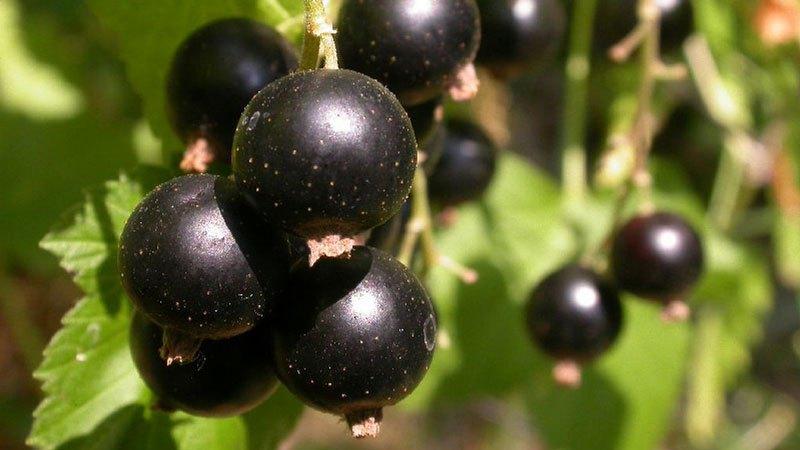
Harvesting and storage
The Sokrovische currant variety belongs to the early ripening category and bears harvest in the middle of the summer period. Ripe berries are carefully picked and placed in shallow containers so as not to crush the bottom layer. During collection, it is advisable to immediately inspect the fruits and select only high-quality specimens that do not have damage and signs of decay.
Freshly harvested berries can be stored for 2 weeks at temperatures up to 10 degrees. If you leave the crop in the refrigerator at 0 degrees, the shelf life is extended to 1.5 months. At an ambient temperature of -3 degrees, the crop can be stored for 3 months.
Currant fruits of the Treasure variety are distinguished by good transportability and retain their presentation and taste during transportation over long distances. The harvested berries can also be eaten fresh, used for conservation and preparation of blanks.
